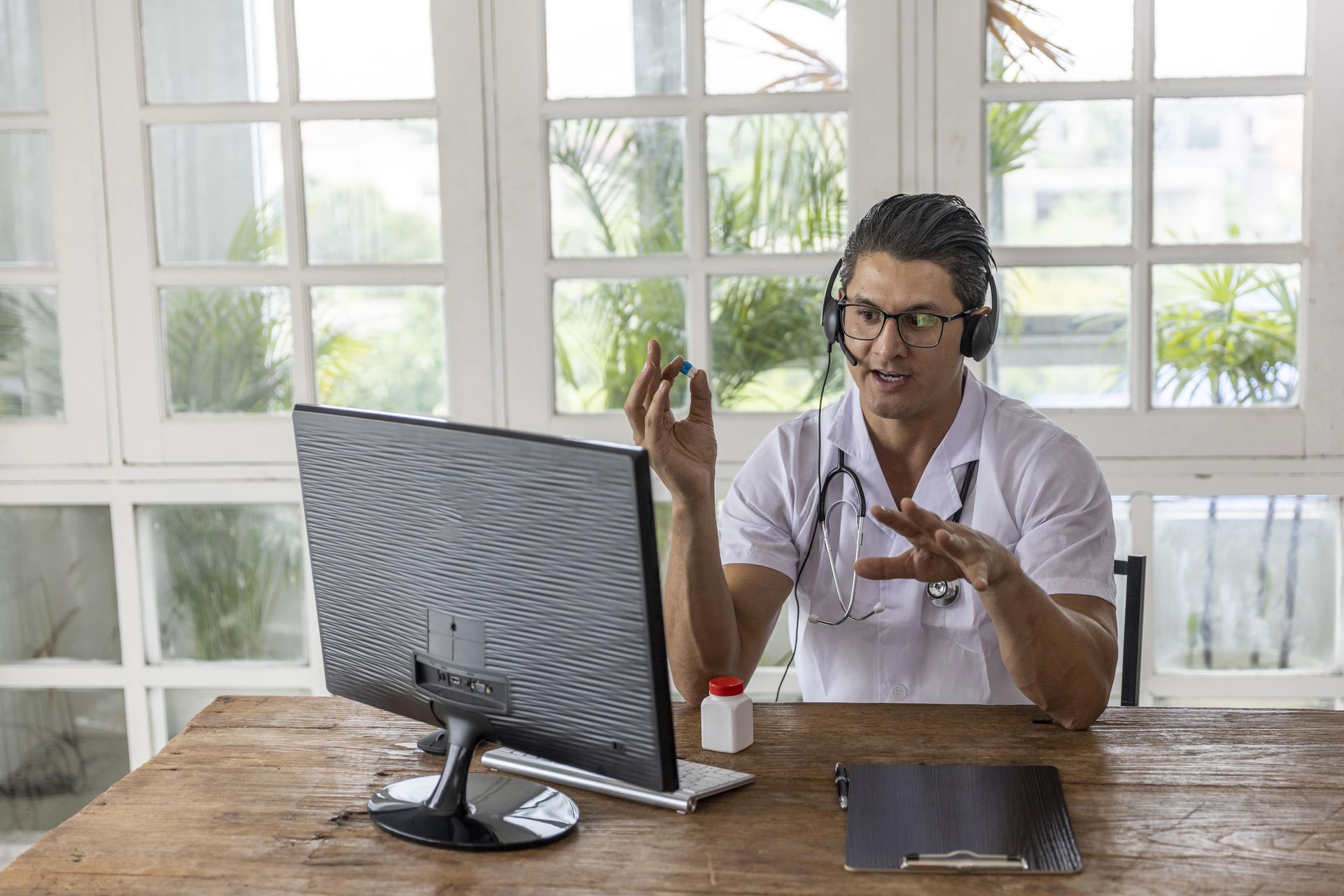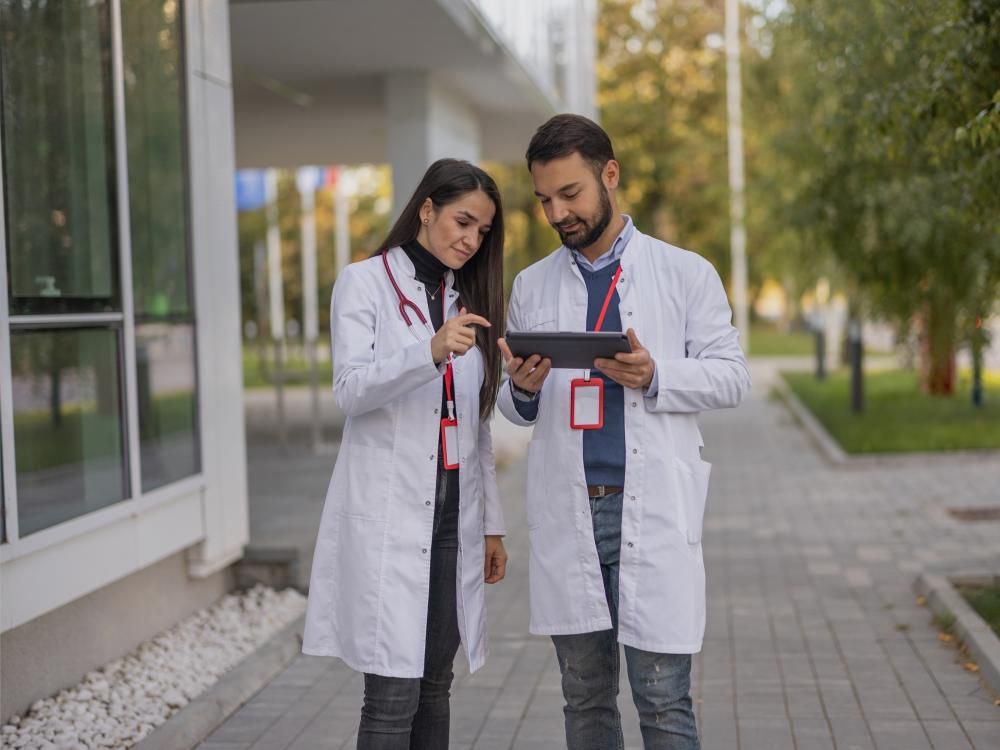DermEngine
DermEngine is an AI-powered teledermatology solution by MetaOptima Technology used for imaging, documentation, and analysis of skin conditions. It uses award-winning intelligent technology to help dermatology care providers detect the most elusive diseases, including various skin cancers. Coupled with the remote diagnostic device MoleScope, this telemedicine app is easy to use and affordable for clinic-based dermatologists and independent practitioners.







